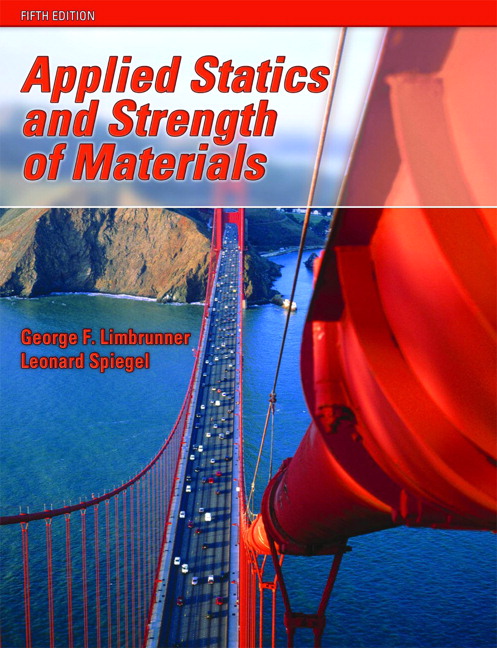Recent research has found that select scientists have a disproportional share of highly cited papers. Researchers reasoned that this could not have happened if success in science was random and introduced a hidden parameter Q, or talent, to explain this finding. So, the talented high-Q scientists have many high impact papers. Here I show that an upgrade of an old random citation copying model could also explain this finding. In the new model the probability of citation copying is not the same for all papers but is proportional to the logarithm of the total number of citations to all papers of its author. Numerical simulations of the model give results similar to the empirical findings of the Q-factor article.
翻译:最近的研究发现,某些科学家在大量引用的论文中占有不成比例的比例。 研究人员认为,如果科学的成功是随机的,并引入了隐藏的参数Q或人才来解释这一发现,这不可能发生。 因此,才华横溢的高端科学家有许多高影响论文。 我在这里表明,更新一个老的随机引用复制模型也可以解释这一发现。 在新的模型中,引用复制的可能性不是对所有论文都一样,但与所有作者论文引证总数的对数成比例。 模型的数字模拟得出的结果与Q要素文章的经验结论相似。



